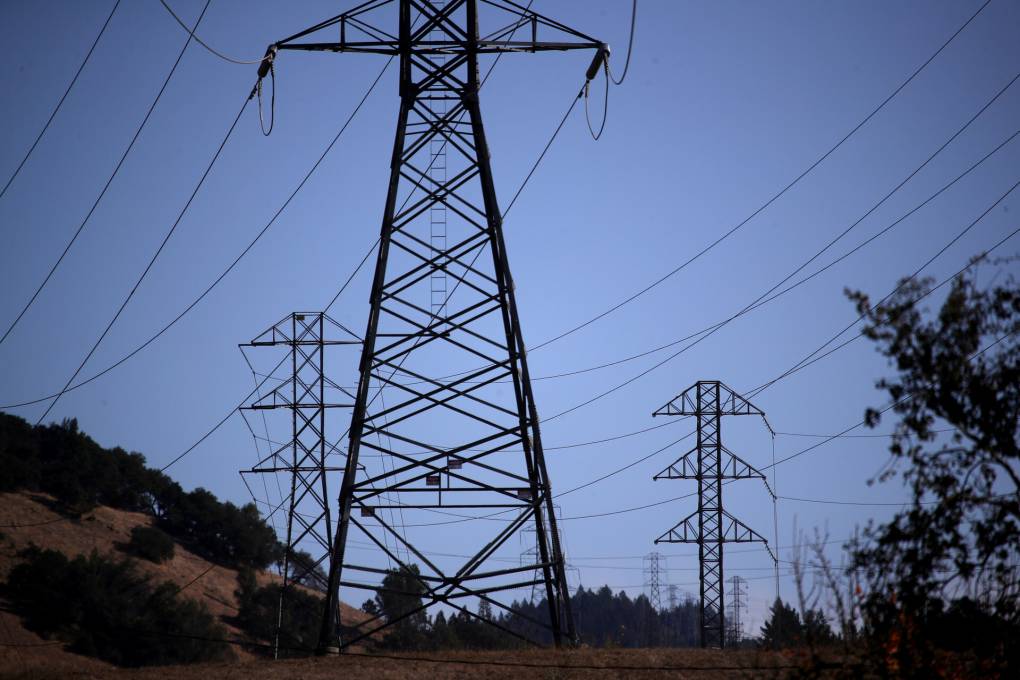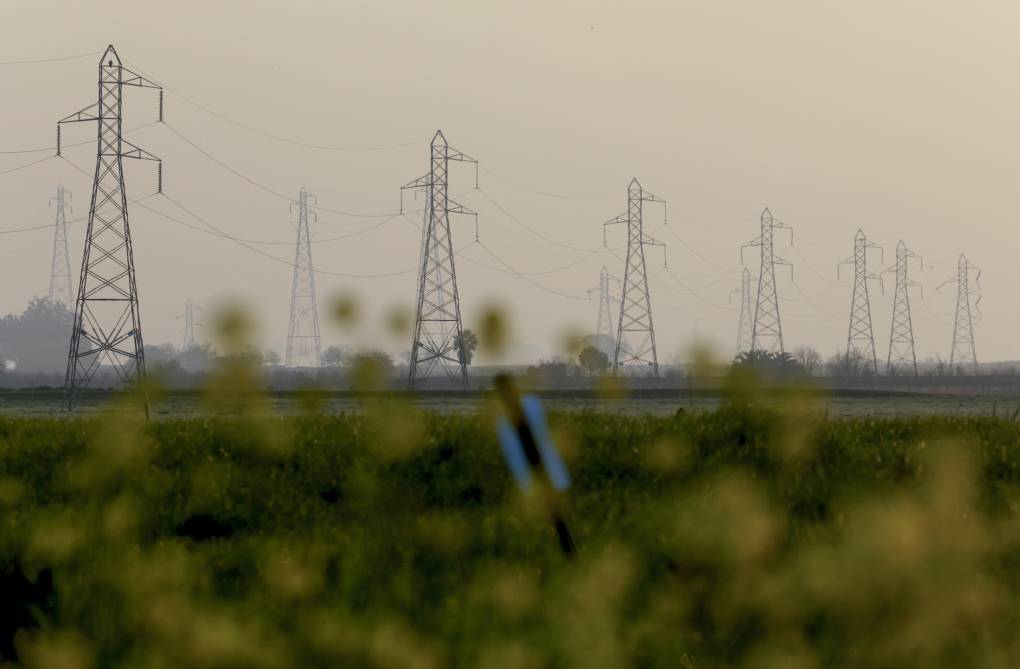Still, it was “very possible” that people may be affected by a power shutoff even though they’re not experiencing extreme weather conditions, he added.
“This is because the electric system relies on power lines working together to provide electricity across cities, counties and regions,” Doherty said.
Due to changing weather forecasts, PG&E on Thursday decreased the number of customers expected to have their power cut in Kern County, from 43,000 customers to 4,000.
Last year, California’s utility regulator and Cal Fire set new standards in high-fire threat areas for utilities. They created special maps to identify those zones, taking into account areas with high winds and that are prone to burn. Utilities are required to audit their lines more frequently and have wider clearance areas in those high fire threat areas.



